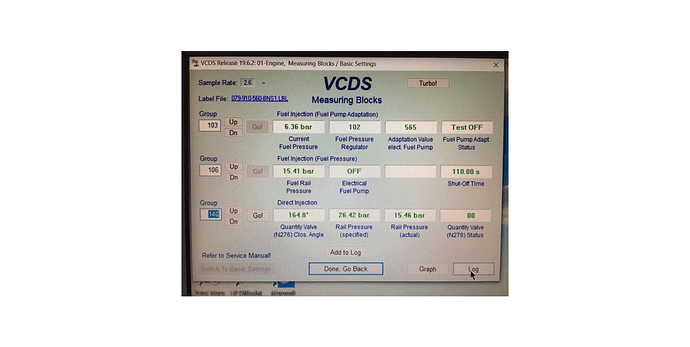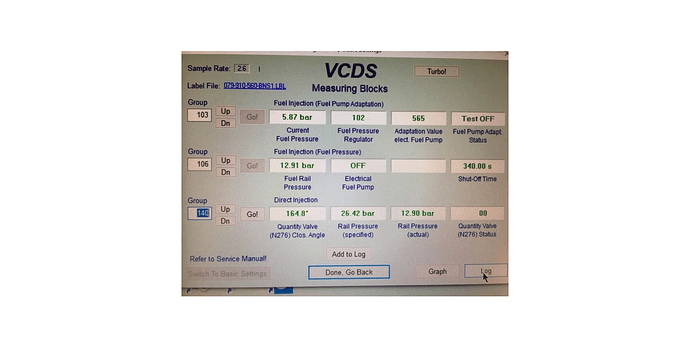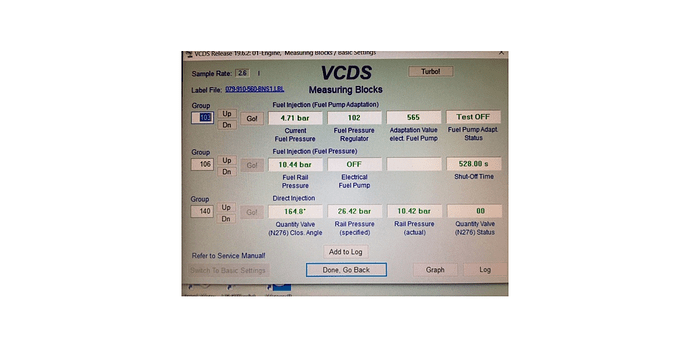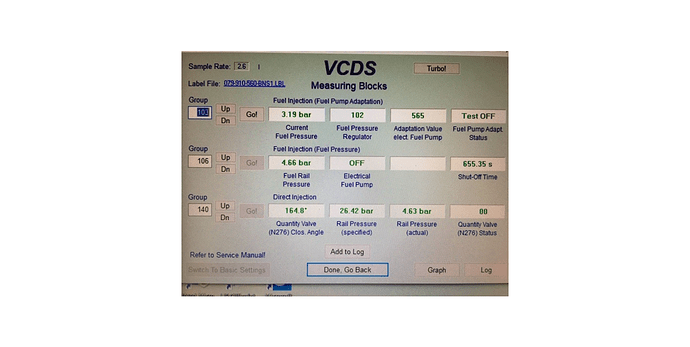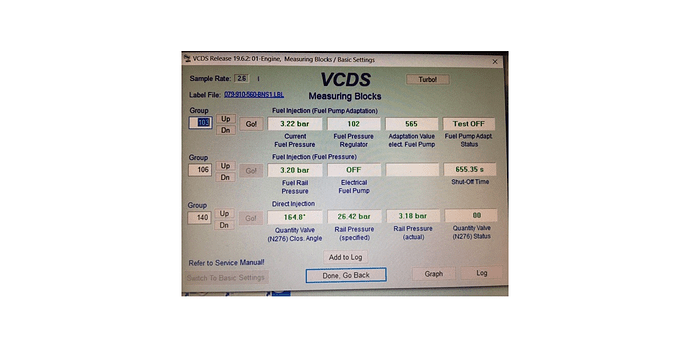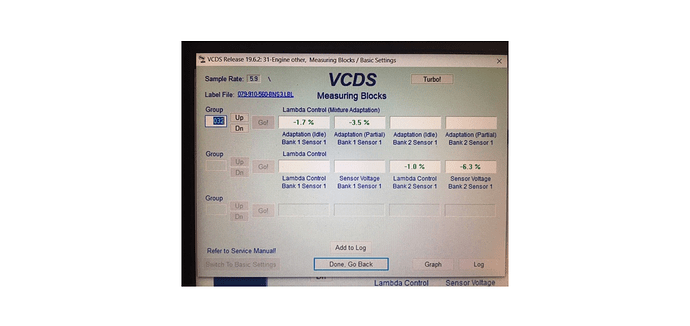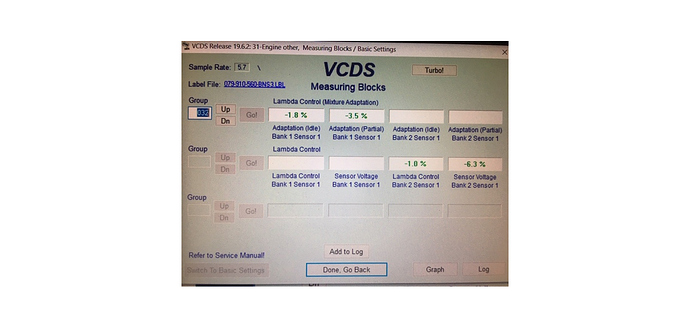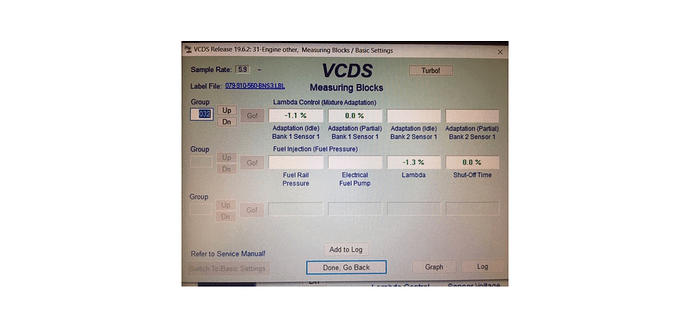Hi Everyone,
This will be my 1st post since the new look forum and from what I can see it is definitely a step up from the old one! Well onto my problem, need some guidance and hopefully a push in the right direction. Here’s my problem, started out of the blue, no warning just happened overnight between drives.
When the car is cold, parked overnight, it fires up as per normal no problem.
When the car is warmed up, sitting for 10-15min’s, fires as per normal no problem but when you let her sit for 1hr-2hrs it takes more than one attempt to fire-up. 1st attempt is a long crank and almost sound like its either flooded or not getting enough gas. Second attempt will almost fire up as normal. I guess if I turn the key OFF and ON a few times to prime the system properly it might fire on the 1st attempt, will test and confirm.
What makes it more difficult is the fact that there are no faults or errors displayed on the DIS or recorded in VCDS. As a precautionary step, because I happen to have one on the shelve, I replaced the fuel filter. I have confirmed with VCDS that the Coolant Sensor is working so that option is off the table. I have a suspicion that when the car gets turned off the high or the low fuel pressure systems doesn’t retain the required fuel pressure and hence the delayed start whilst the system gets re-pressurized when trying to start. I believe the low side should generate around 6Bar but I have no clue what the pressures in the fuel rails should be and what pressures it should maintain when the engine is turned off.
I have done some logging today whilst engine is cold before starting and record the following values.
LPFP/Filter - 4.6Bar
HPFP/Rails - 4.57(Actual) 33.23(Specified)
Unfortunately I haven’t logged the values again after I primed the fuel system by opening the driver side door and turning the key on before starting.
After letting the engine and fluids warmed up to normal temps.
LPFP/Filter - 6.26Bar
HPFP/Rails - 20.00Bar(Specified) 20.05Bar(Actual)
Hope it make sense will appreciate any guidance/ideas. I would like to diagnose and find the cause rather than just throwing new parts at the problem.
Thanks Rudi

